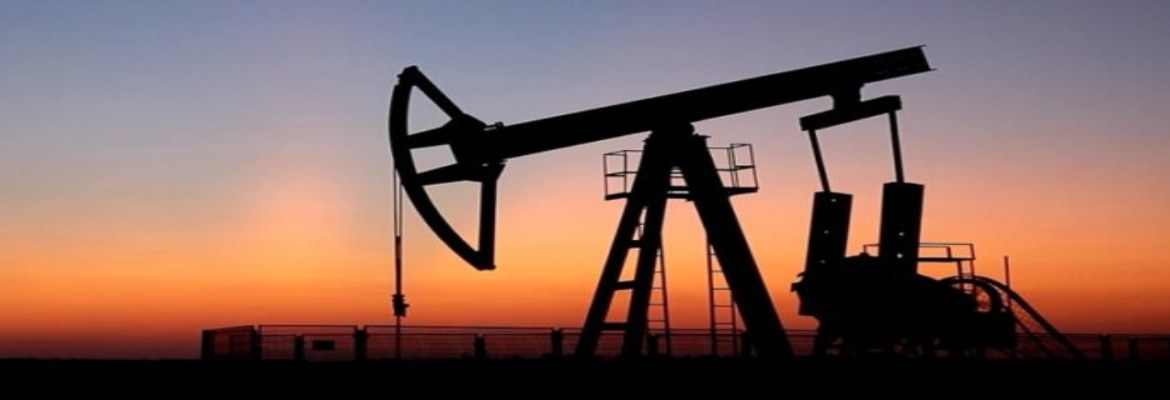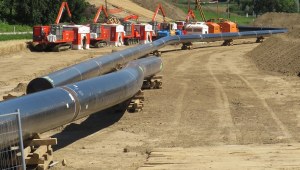Karachi: Pakistan’s oil reserves surged by 23% year-on-year to reach 238 million barrels in December 2024 — the highest level recorded in the past five years — according to a report released by Arif Habib Limited.
The increase from 193 million barrels in 2023 is largely attributed to rising output from major fields and a string of new discoveries across the country. Key contributors to this growth include the Pasakhi/Pasakhi North East, Rajian, Kunar, Sono, Thora, Jhandial, and Lashari Centre fields.
Read: Pakistan strikes major oil & gas reserve in Waziristan
Despite the overall uptick, some significant fields witnessed a sharp decline in reserves. Nashpa saw a 37% drop, while Adhi, Bettani, Makori East, and Shahdadpur posted declines ranging from 5% to 26%.
The report also highlighted substantial contributions from new oil discoveries, such as Isra, Mahaan, Taj South, Baloch-2, Shewa, and Toot Deep. Together, these new fields added 6.73 million barrels to the national total.
On the gas front, reserves remained largely unchanged at 18,142 billion cubic feet (bcf) by the end of 2024, compared to 18,109 bcf a year earlier. Notable gains were reported in fields like Uch, which saw a 4% rise, and Mari Ghazij, which experienced a dramatic 21-fold increase. However, declines were reported in key fields including Mari, Zin, Sui, and Qadirpur.
Read: GoP greenlights White Oil Pipeline Construction to upgrade country’s supply chain
Among listed companies, Oil and Gas Development Company (OGDC) led the way with a 76% increase in oil reserves, followed by MARI and Pakistan Oilfields Limited (POL), which recorded gains of 77% and 27% respectively. In contrast, Pakistan Petroleum Limited (PPL) saw a 16% decline.
For gas reserves, MARI and POL posted gains of 19% and 17%, while OGDC and PPL saw their reserves drop by 8% and 9%, respectively.
The report underscores the importance of sustained exploration and investment in Pakistan’s energy sector, as the country continues to balance resource development with energy security.








